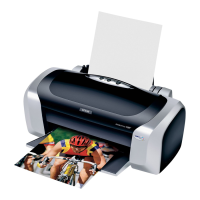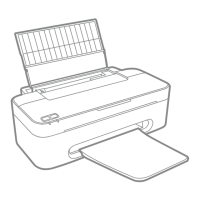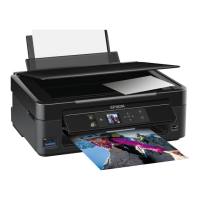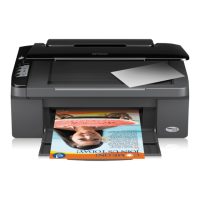Step 4: Data Input 22
Digital Photo Print Guide
Scanning
Color film
Loading the film
When you scan film, be careful not to get dust or fingerprints on the film while loading it.
With 35 mm film, small dust and fingerprints are greatly enlarged, making it difficult to remove them by
retouching. It is best to use gloves to avoid touching the film with your bare hands. Also, you can use a
blower to clear away dust.
Although Digital ICE™ is able to remove effects of dust in scanned image, it is not a perfect system.
Therefore the best result is still obtained by proper cleaning and handling of film.
Note that Digital ICE™ does not support Kodachrome™ and monochrome films.
Turn on the scanner approximately 30 minutes before use. This will allow the cold cathode light source
to become stable. If your scanner uses Epson's ReadyScan LED Technology it can be used virtually
instantly.
Driver settings
Select the best resolution referring to the table on the previous page.
If you scan allowing a bit of leeway at both ends of the histogram on the premise that you will adjust the
image, you can adjust without loss of tonality. In this case, it is best to scan with the 48-bit mode and save
as a TIF file. You can then later reduce the color depth to 24 bit after you have made your adjustments
and save the final version as a JPEG file to compress the data.
Also, if you use negative film, by photographing a color chart when you take your pictures, you can
easily reproduce colors accurately, even if you scan with automatic settings.

